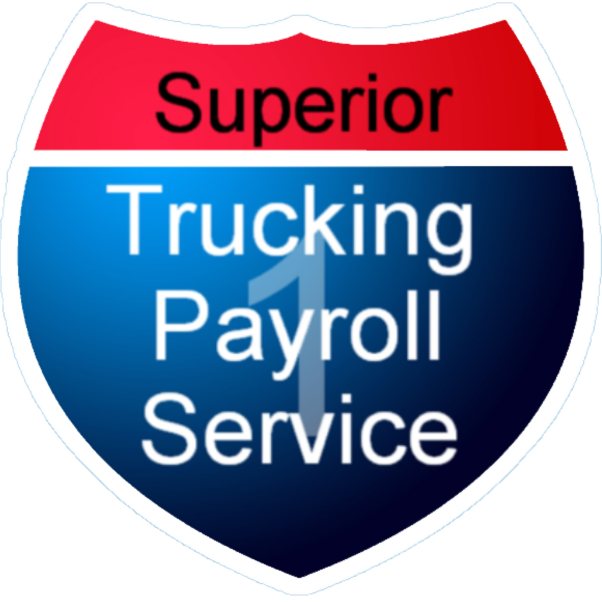How do I process a final check for a deceased employee?
Trucking can be a dangerous job. The Bureau of Labor Statistics reported 843 Heavy and tractor-trailer truck drivers’ deaths in 2019. Truck drivers have a death rate of 26.8% giving them 7th place in the nation’s more dangerous occupation.
Disclaimer: This article is meant to be a general overview of paying a deceased employee. Consult your attorney or tax professional before you make any decisions to ensure that you are following local laws.
When an employee unexpectedly passes away, it’s devastating to everyone involved. Many employers struggle with handling such an emotional event in a timely and professional manner. Countless questions quickly arise. Questions like: How do we announce it to our employees and/or clients? How much information can we share? How can we best serve that employee’s family while still following the appropriate laws and internal procedures?
Processing the driver's final paycheck is often cause for confusion.
Below is information that can help guide you as the employer through processing the final check.
There are a few scenarios you might run into with paychecks for a deceased employee.
1. Payment Made By Direct Deposit After Death
It may not seem like a big deal when you are hiring a new driver, but it’s extremely important to ensure your direct deposit form has the future in mind. It needs to acknowledge the need and provide the authorization to make corrective withdrawals. Worst case scenario, you are set up on automatic payments and cannot stop a direct deposit before it is made. Through corrective withdraw, you can reissue the check to the correct party and recalculate the taxes.
2. Live Check Issued Before Death, But Not Cashed
A live paycheck issued to an employee whom passes away before cashing the check needs to be stopped. Whether you void or cancel the check, it does not matter. To reissue the check, you will need information pertaining to the beneficiary or the employee’s estate.
A. Last Paycheck Issued the Same Year of Death
Any wages in the same tax year as an employee’s death, paid to the beneficiary or the employee’s estate, are subject to change. Federal Income Tax (FIT) is no longer withheld, but Medicare and Social Security remain withheld under the Federal Insurance Contribution Act (FICA).
When the employee’s W-2 is issued, the taxable wages will not be reflected in Box 1. They will be noted in Box 3 (social security wages) and Box 5 (Medicare wages and tips). The taxes withheld for social security and medicare will be reflected in Box 4 and 6 respectively. This is to ensure appropriate credit. You, the employer, should also issue a 1099-MISC form to the employee’s beneficiary or estate noting the gross wages paid in Box 3.
B. Last Paycheck Issued the Year After Death
Payment of wages issued, to a beneficiary or the employee’s estate in the tax year following the employee’s death, are neither subject to FIT withholding nor FICA withholding.
In this scenario, you most likely will not be issuing a W-2. However, if you decide to issue one, none of the wages paid after the employee’s death should be noted in Box 1, 3, or 5 of the W-2. There should be no taxes withheld from this payment to reflect in Box 2, 4, or 6. You should issue a 1099-MISC form to the employee’s beneficiary or estate noting the gross wage paid in Box 3.
Keep in mind, states also have varying laws that provide stipulations for who should receive wage payments and whether or not state income tax withholdings apply.
Disclaimer: This article is meant to be a general overview of paying a deceased employee. Consult your attorney or tax professional before you make any decisions to ensure that you are following local laws.

Written By Mike Ritzema
With over 20 years of experience in entrepreneurship, management, business planning, financial analysis, software engineering, operations, and decision analysis, Mike has the breadth and depth of experience needed to quickly understand entrepreneurs’ businesses and craft the most suitable solutions.
